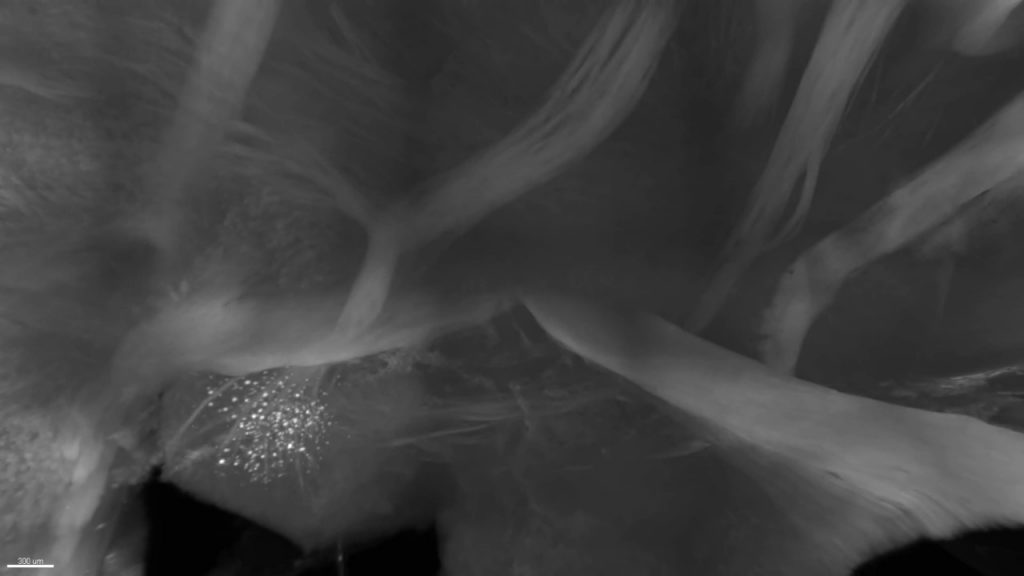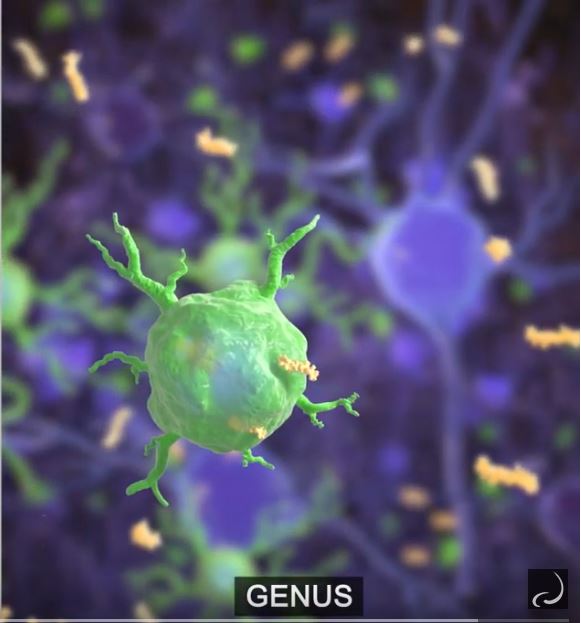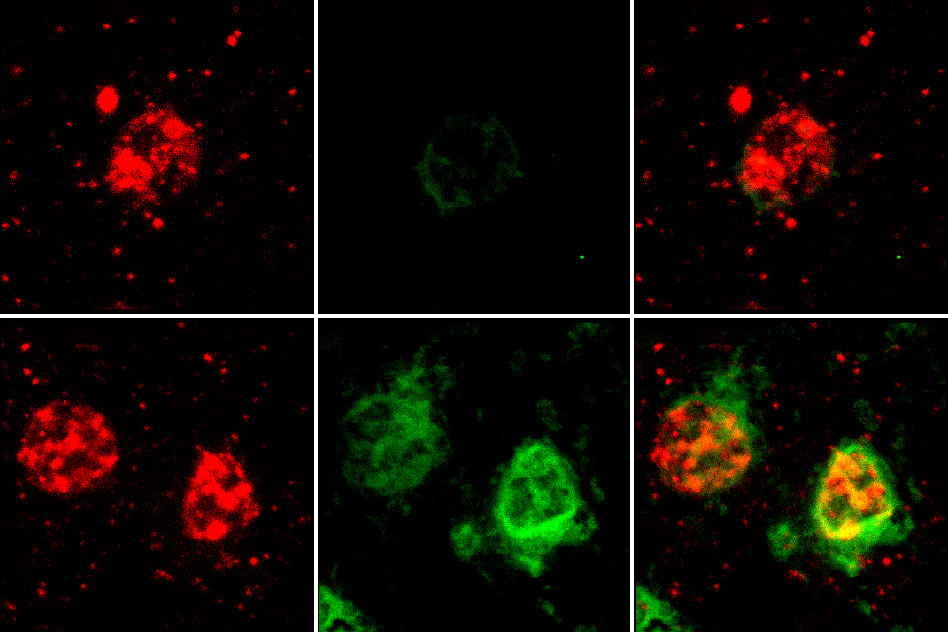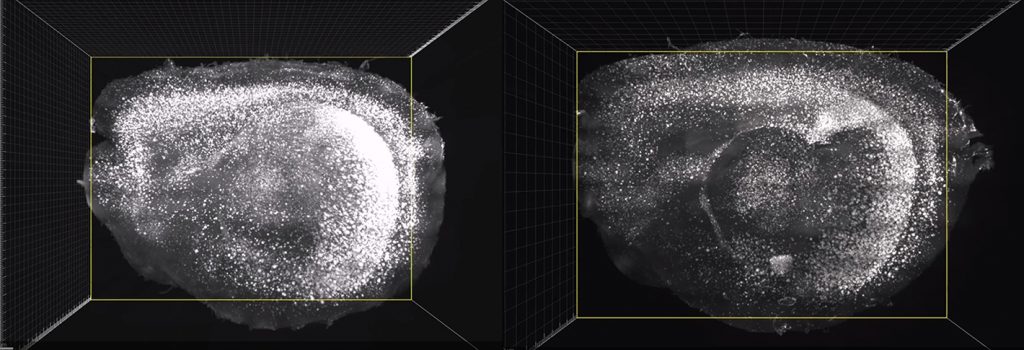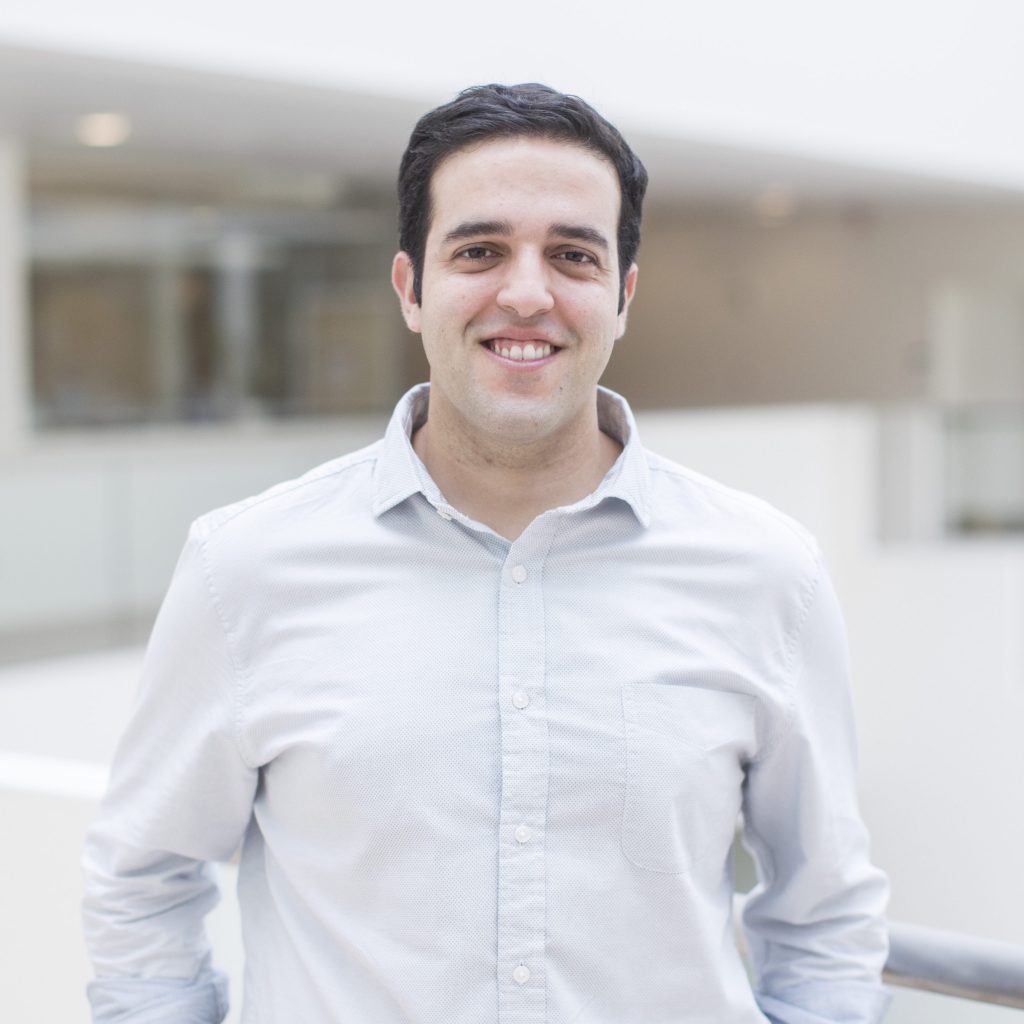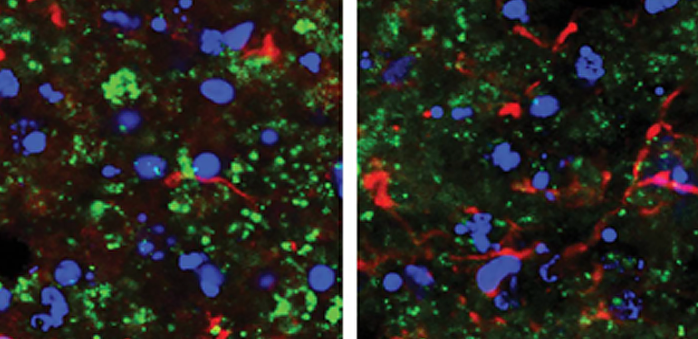The National Academy of Inventors has selected MIT neuroscientist Li-Huei Tsai, Picower Professor of Neuroscience and director of The Picower Institute for Learning and Memory, as a member of its 2019 class of new fellows. NAI fellows “have demonstrated a highly prolific spirit of innovation in creating or facilitating outstanding inventions that have made a …

